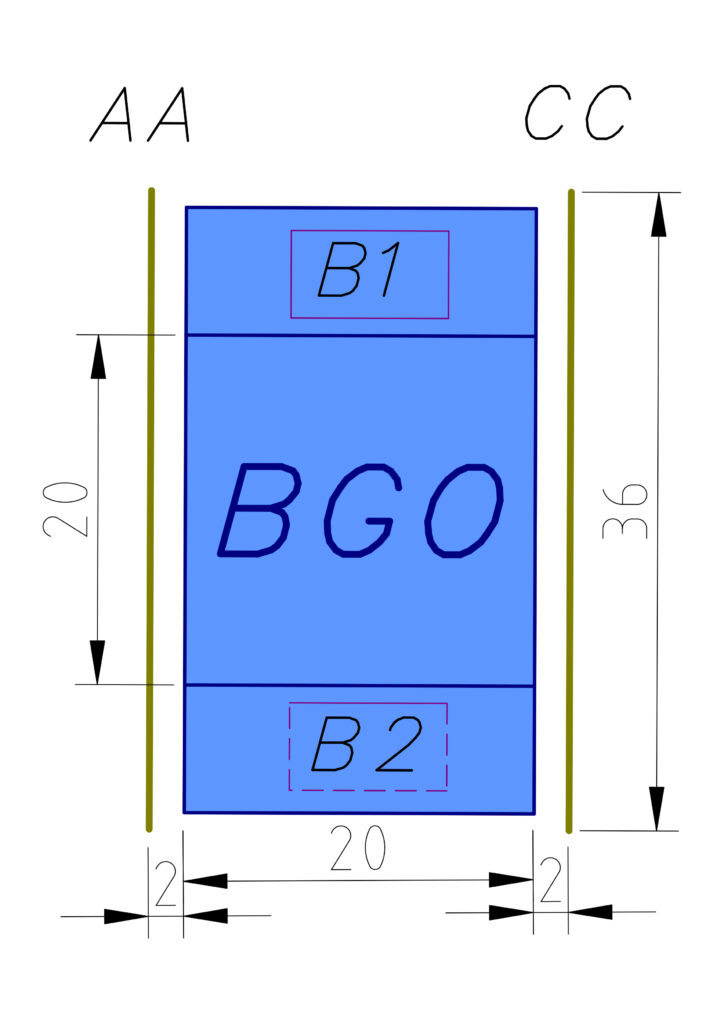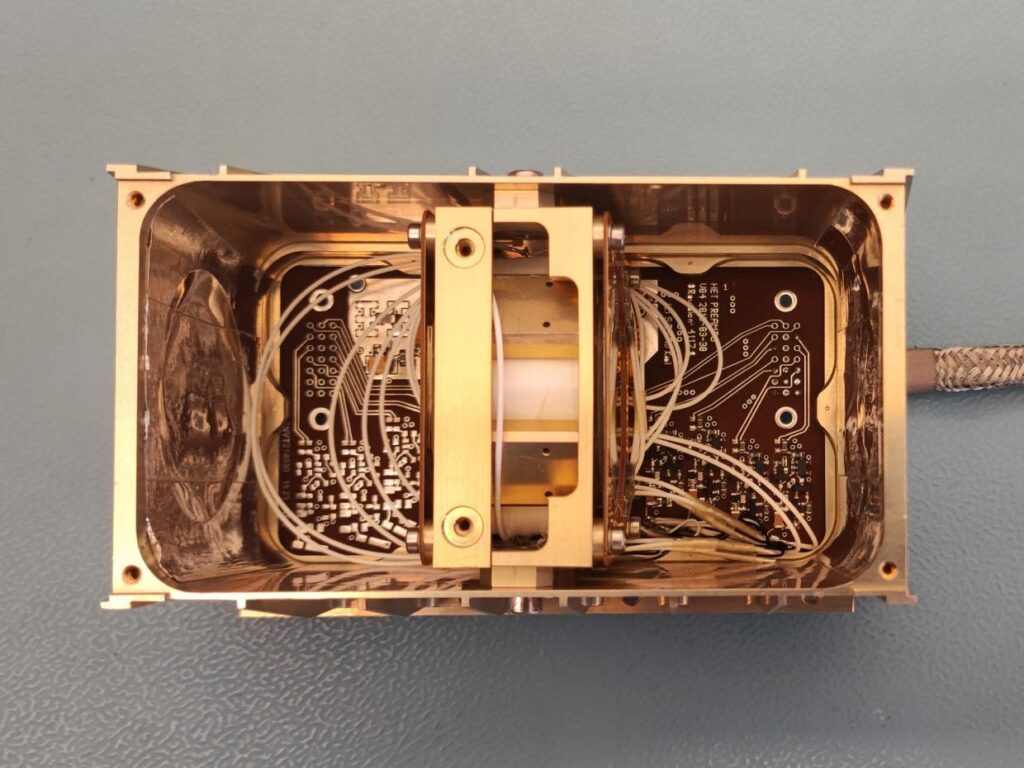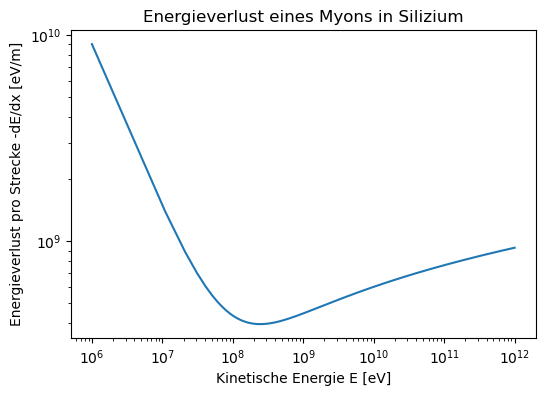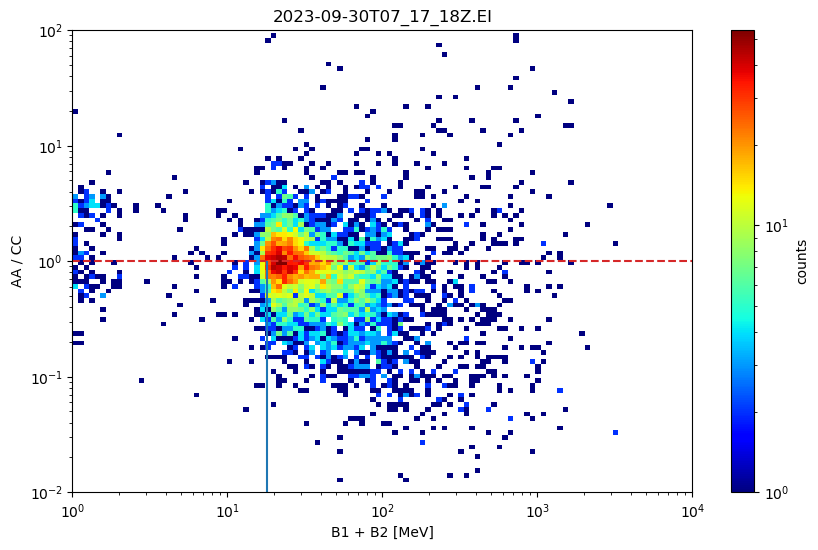Our instrument CHAOS (Cherenkov Atmospheric Observation System) will fly on a stratospheric balloon as part of the 15th cycle of the BEXUS program and measure primary and secondary cosmic rays in the atmosphere. As part of the application we decided to build a smaller version of CHAOS and fly it on a weatherballon during the science festival “Highlights der Physik” which took place in Kiel from September 25th to September 30th, 2023. We call this instrument CHAOSjunior. The flight was a big success and further information on the flight can be found in our blog.
Instrument Design
While our intended design for CHAOS uses three solid state detector stages, a BGO (bismuth germanium oxide) scintillator and a cherenkov detector, CHAOSjunior is much simpler. It is based on the High Energy Telescope (HET), an instrument build in Kiel for the space probe Solar Orbiter. Therefore, we could use some spare parts of HET.

This is the design of CHAOSjunior. The instrument is made up of two solid state detectors (SSDs) called AA and CC. In between the SSDs is a hexagonal bismuth germanium crystal (BGO). The light produced in this scintillator crystal is detected by two photodiodes called B1 and B2.
Here you can see the real instrument. We used an old housing from HET for CHAOSjunior. The BGO is smaller than the one we intend to use for CHAOS.

A particle passing the detector will interact with the material of the different detector stages and lose energy. We are interested in this energy loss to gain knowledge about the measured particles. In the BGO photons are created by passing particles. These photons then create electron-hole pairs in the photodiodes which leads to an electrical current which can be measured. The SSDs work similarly. Here the electron-hole pairs are directly created in the silicon of the detector. The measured signals are proportional to the energy loss. The calibrations to convert the measured signals into energy losses are based on monte carlo simulations done for the detector stages.
Data Analysis
The energy loss of the particles passing the detector can be described using the Bethe-Bloch formula.

Here you can see an example of the energy loss of a muon in silicon depending on its kinetic energy. Particles with a minimal energy loss are called minimum ionizing particles (MIPs).
We are interested in particles with lower kinetic energies than MIPs. Here, we know that the energy loss dE while moving the distance dx in the detector is proportional to 1/E. Baisically, we can say that particles with lower kinetic energies lose more enrgy while passing the detector. This is quite useful for a lot of different data anlysis methods.
This is an example of a fish plot done with the data from our balloon flight. The name stems from the resemblance with fishbones. We can clearly see muons in red.

To distinguish between particles passing from different sides of the detector (left or right in the sketch above) fish plots are a useful tool. The x-axis shows the energy loss in the BGO. This energy loss is identical for particles entering from the left or the right becuase of the symmetric design of CHAOSjunior. The y-axis shows the quotient of the energy loss in the SSDs. Because of the Bethe-Bloch formula less energy is lost in the SSD passed first. The particles have more energy when they hit the first detector stage. Therefore, the quotient is smaller than one for particles passing detector AA first and greater than one for particles passing CC first. This way, we get a directional resolution.







